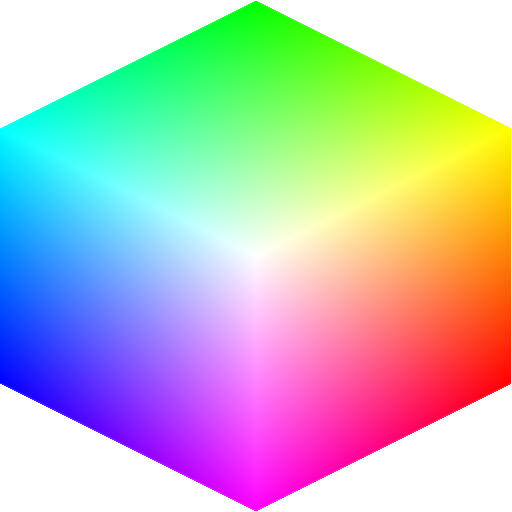
4G Color Innovative Color algorithms
| Home |
Compose |
Support |
About |
Contact |
About 4G Color
The application, ColorBender, was introduced at MacWorld in 2007. This was the first commercial use of the 4G Color Technology. This application was withdrawn at the introduction of OS 10.6. The transforms worked great, but the UI was deficient.
In 2009, 4G Color moved to Claremont, New Hampshire.
In 2010, a patent was granted for the core technology (United Image Processing System, US 7,656,552).
In 2013, the application, Compose, was developed using the 4G Technology. This application is available at the Apple App Store.
Catch
4G Color has succeeded in making image processing much more well behaved. The basic idea is that an arbitrary sequence of image processing steps can be replaced by a single transform. Consequently, a sequence of transforms is replaced by a sequence of transform parameters, and these have been constructed to have desirable properties, namely, combination, commutation, inverse and identity.
But the catch is, can a single transform that replaces a sequence of transforms provide equivalent capability? The ColorBender and Compose applications were developed to demonstrate that it can and does. Not only does it work, it is easier to use and gives higher quality results.
Technology
- An architecture suitable for all parts of the image processing chain
- A comprehensive set of Algorithms that avoids pathologies such as clipping and color shifting
- The use of Analytic functions (rather than lookup tables or chains of operations)
- Distributed control for user edits, user preferences and device characteristic
Architecture
- Control is provided by a compact data structure called a control object.
- Control objects can be created, edited, combined and managed independently from pixel processing.
- A sequence of control objects can be combined into a single equivalent control object.
- Each stage, device, or application in an image chain can assert preferences, device characteristics and image edits without processing pixels.
- When pixels are needed, all the accumulated control objects are dynamically combined into a single object and the raw image data is processed for the needed pixels.
- The executable doesn't change, so it can be highly optimized and readily ported to hardware/firmware devices. Product design Engineers do not need to be image processing experts.
- Since control objects are combined into a single object, processing speed is independent of the number of steps in the control sequence.
Algorithms
A vocabulary and grammar was developed that both describes and controls an image process. Operations are consistent with what you see and what you intend. Moreover, the vocabulary maps to a variety of user interfaces such as voice, forms, dials, and controls.
A comprehensive set of image transforms were developed that are predictable, preserve visual quality and are non-pathological. Typical pathologies are gamut clipping, banding, haloing, and unwanted color shifts. (Because of pathologies, using most applications is an exercise in avoiding problems, rather than achieving results.)
The transforms can be applied selectively to an arbitrary set of objects, colors, neutrals, and image regions. Moreover, a sequence of such selective transforms can be chain together at high precision and without introducing new pathologies.
Functions
- They are analytic.
- They are parametrically generated at high precision.
- Any sequence of these functions can be combined into a single equivalent function that is also in the set of functions. Moreover, the parameters for the equivalent function can be directly computed from the parameters corresponding to the sequence of functions.
- All of the functions have inverses that are also in the set of functions. Moreover the parameters for the inverse function can be directly computed from the function parameters.
- The functions satisfy three dimensional boundary conditions corresponding to the color gamut and the neutral axis.
- A chain of operations can be accurately combined into a single operation without processing pixels.
- Performance does not depend on the number of steps in an editing sequence.
- They can be computed at high accuracy and are extremely smooth.
- Since the operations have well defined inverses and are gamut compliant, they can be used for color management and device color compensation.
People
To talk with George about 4G Color Technology, you may email him directly at gdalke@4gcolor.com
Copyright 2012, 2013 by 4G Color